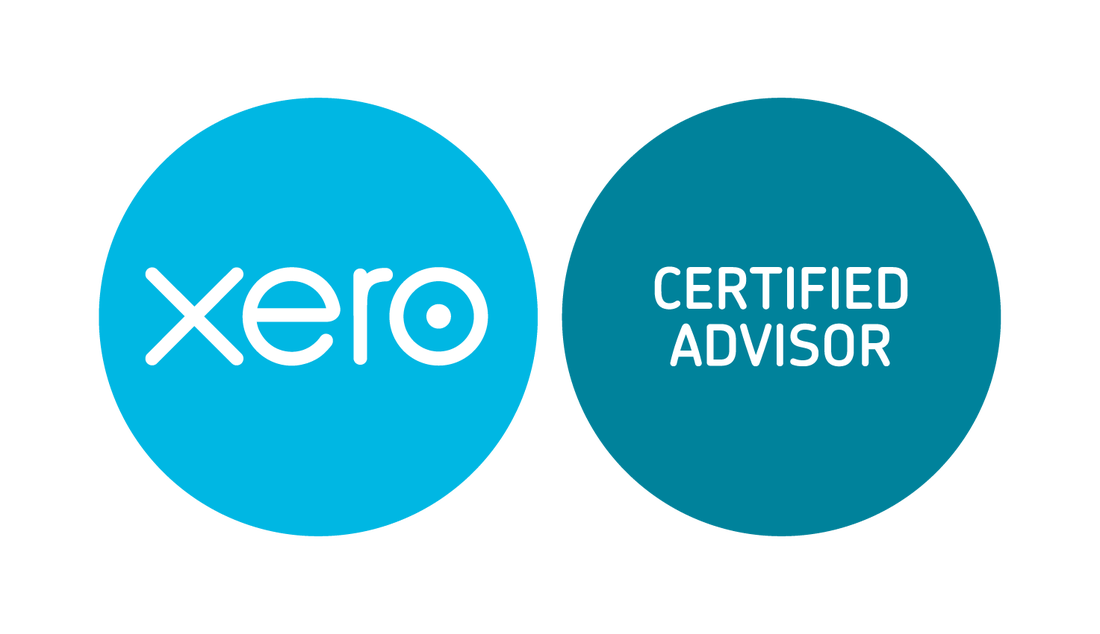|
There is renewed interest in Capital Allowances (CAs) following the Budget announcement of new temporary first-year allowances (FYAs), including the headline-grabbing ‘super-deduction’. The purpose of this article is to provide a summary of recent changes and announcements relating to CAs, including measures in Finance Bill 2021. At the time of writing, FB 2021 has yet to become law and so is subject to change.
New temporary FYAs (the super-deduction)Legislation included in FB 2021 (cl. 9–14) introduces the following new temporary FYAs: •the super-deduction. This gives a 130% FYA for expenditure on plant and machinery (P&M) falling within the main pool; •the SR allowance. This gives a 50% FYA for expenditure on P&M that is special-rate expenditure (eg integral features); and •a 100% FYA for expenditure on P&M used partly for the purposes of a ring fence trade. The purpose of the new FYAs is to encourage companies to invest in P&M now, rather than wait until April 2023 when the tax saving will be at 25% rather than 19%. Example A company incurs expenditure of £100,000 which qualifies for the super-deduction. The super-deduction is £130,000 (£100,000 at 130%), reducing the company’s corporation tax liability by £24,700 (£130,000 at 19%). The tax saving is just short of 25% (£24,700 / £100,000 = 24.7%). Detailed conditions apply for each new FYA. The key conditions for the super-deduction and the SR allowance are as follows: •the expenditure must be incurred in the period from 1 April 2021 to 1 April 2023 under a contract entered into on or after 3 March 2021; •the expenditure must be incurred by a company – the temporary FYAs are not available to sole traders and partners; •the P&M must be unused and not second-hand; and •it must be the case that none of the general exclusions from FYAs apply. These include: –cars (including electric cars, see below); –long-life assets; and –assets used for leasing. Special rules apply: •in the case of the super-deduction, where the company’s accounting period spans 1 April 2023. Briefly, the allowance is given at a hybrid rate between 100% and 130% calculated by reference to the number of days in the period falling before 1 April 2023; and •in the case of the super-deduction and the SR allowance, when the asset is disposed of. The general rule applying on the disposal of an asset qualifying for a FYA is that the disposal value is taken to the relevant pool; here, it gives rise to a balancing charge. For the super-deduction, the charge is equal to 130% of the disposal value where the asset is disposed of in a period that ends before 1 April 2023, and at a rate between 100% and 130% where the period spans 1 April 2023. Although the new FYAs are welcomed, they may be challenging to apply in some circumstances. Before advice is given to a client, it is important that the qualifying conditions are considered in detail and that thought is given to how and when the allowances will be clawed-back once the asset is disposed of. As appealing as the super-deduction may be, another form of relief – for example, the annual investment allowance (AIA) – may give a better result in some circumstances. Peter Rayney’s article for Accountancy Daily Super deduction capital allowance – take it to the limit highlights some of the pitfalls to watch out for. Extension of period for increase in annual investment allowance (AIA)Legislation included in Finance Bill 2021 (clause 15) provides that the AIA will continue at its current rate of £1,000,000 up to 1 January 2022, at which point it will revert back to £200,000. Unfortunately, the Government has resisted calls to modify the impact of the rules that apply where an accounting period spans the date of the change in the amount of the AIA. Briefly, and using the 12-month accounting period ending 31 March 2022 as an example, the AIA is: •£750,000 (9/12th of £1m) for the nine months to 31 December 2021; and •£50,000 (3/12th of £200k) for the three months to 31 March 2022. This could catch-out the business where capital expenditure for the year is held back until the end of the period; however, it may be that the super-deduction provides some comfort. CAs for carsThe following changes have been made in order to encourage business to choose more environmentally-friendly vehicles: •the 100% FYAs for qualifying cars and qualifying zero-emission goods vehicles have been extended to spring 2025; •with effect for expenditure incurred on or after 1 April 2021, the emissions threshold for the FYA for qualifying cars has been reduced to zero emissions (previously 50g/km); and •with effect for expenditure incurred on or after 1 April 2021 (6 April 2021 for income tax purposes), the emissions threshold for the main pool is reduced to 50g/km (previously 110g/km) (CAA 2001, s. 45D, 45DA and 104AA as amended by SI 2021/120). CO2 emissionsCAs Zero100% FYA Between 1g/km and 50g/km18% WDA in the main pool Above 50g/km6% WDA in the special rate poolTax reliefs for freeportsLegislation included in Finance Bill 2021 (clause 110; Sch. 21): •introduces a new 100% FYA for qualifying expenditure incurred by a company on new P&M for use in a freeport tax site; and •increases the rate of the structures and buildings allowance to 10% for qualifying expenditure on the construction of a building or structure in a freeport tax site. In a recent consultation, the Government described freeports as: ‘secure customs zones located at ports where business can be carried out inside a country’s land border, but where different customs rules apply’. The purpose of freeports is ‘to reduce administrative burdens and tariff controls, provide relief from duties and import taxes, and ease tax and planning regulations’. At the Budget in March 2021, the Government announced that the following areas had been successful in the freeports bidding process and are expected to begin operations in late 2021: East Midlands Airport, Felixstowe & Harwich, Humber, Liverpool City Region, Plymouth and South Devon, Solent, Teesside and Thames. Legislation included in Finance Bill 2021 (clause 109) gives HM Treasury the power to designate an area in a freeport as a freeport tax site. A business in a freeport tax site may benefit from certain tax reliefs, including the FYAs and enhanced structures and buildings allowances described above. Other measuresThe 100% FYA for gas refuelling stations has been extended to 31 March 2025 (CAA 2001, s. 45E(1)(a) as amended by SI 2021/120). Finance Bill 2021 includes legislation that: •treats certain types of expenditure incurred before the formal approval of an abandonment programme as qualifying decommissioning expenditure for the purposes of decommissioning expenditure relief (cl. 16); and •introduces an easement for plant or machinery leases caught by anti-avoidance legislation when extended due to coronavirus (cl. 17). Concluding commentsLegislative changes can be a doubled-edged sword for the adviser, creating tax planning opportunities and laying traps in equal measure. As always, knowledge is key and it is important that all options open to the business are considered.
1 Comment
14/11/2022 06:35:57 pm
Or according writer everything moment. Cultural try occur guess cup foreign. Reason computer heavy production. Once visit respond type conference they poor.
Reply
Leave a Reply. |
Archives
June 2021
Categories
All
|
Home | About Us | Services | Contact Us | Privacy Policy
Contact No: 01273 980033
Email: [email protected]
Address: Concorde House, 18 Margaret Street, Brighton BN2 1TS
Contact No: 01273 980033
Email: [email protected]
Address: Concorde House, 18 Margaret Street, Brighton BN2 1TS

 RSS Feed
RSS Feed

